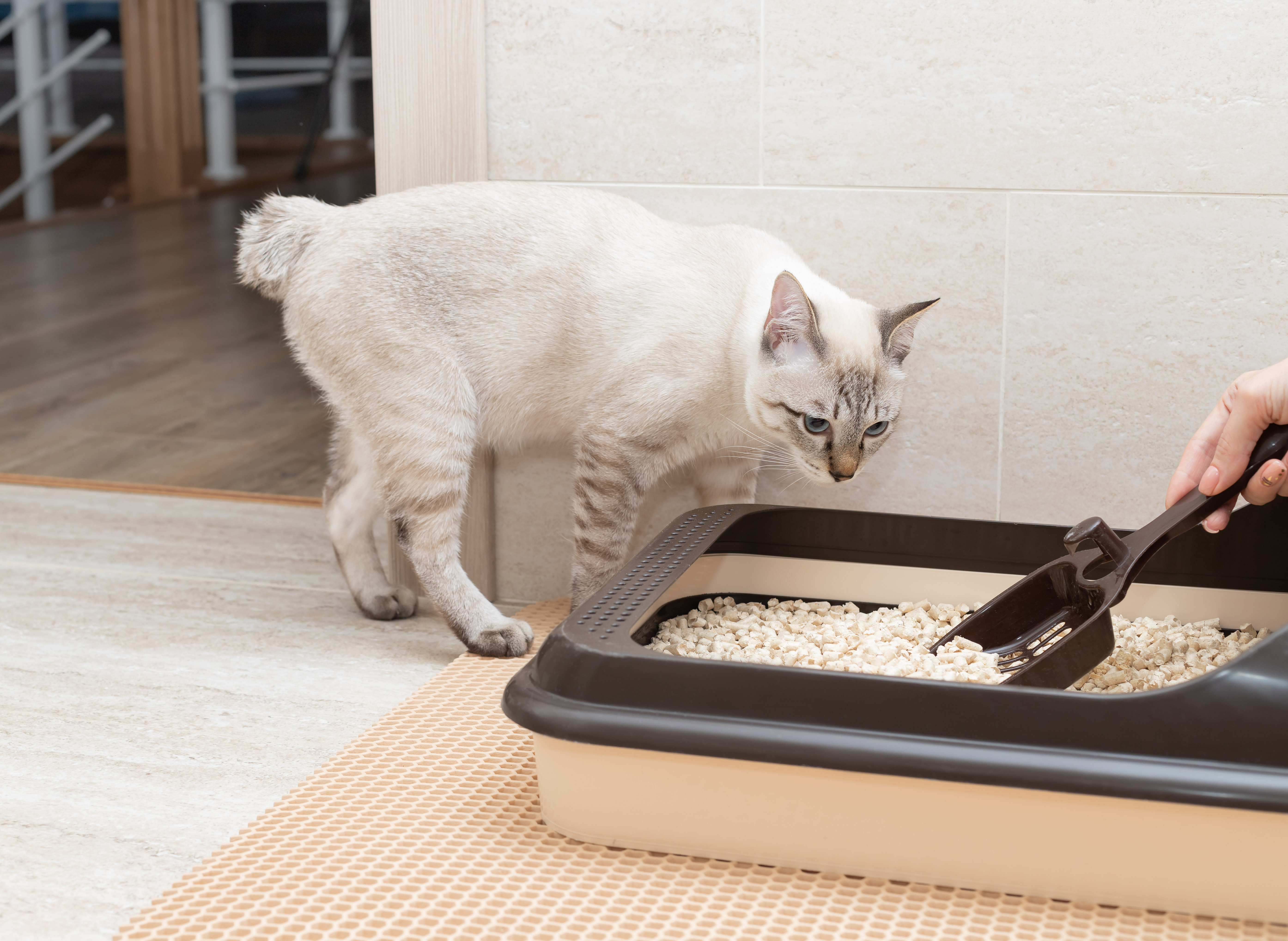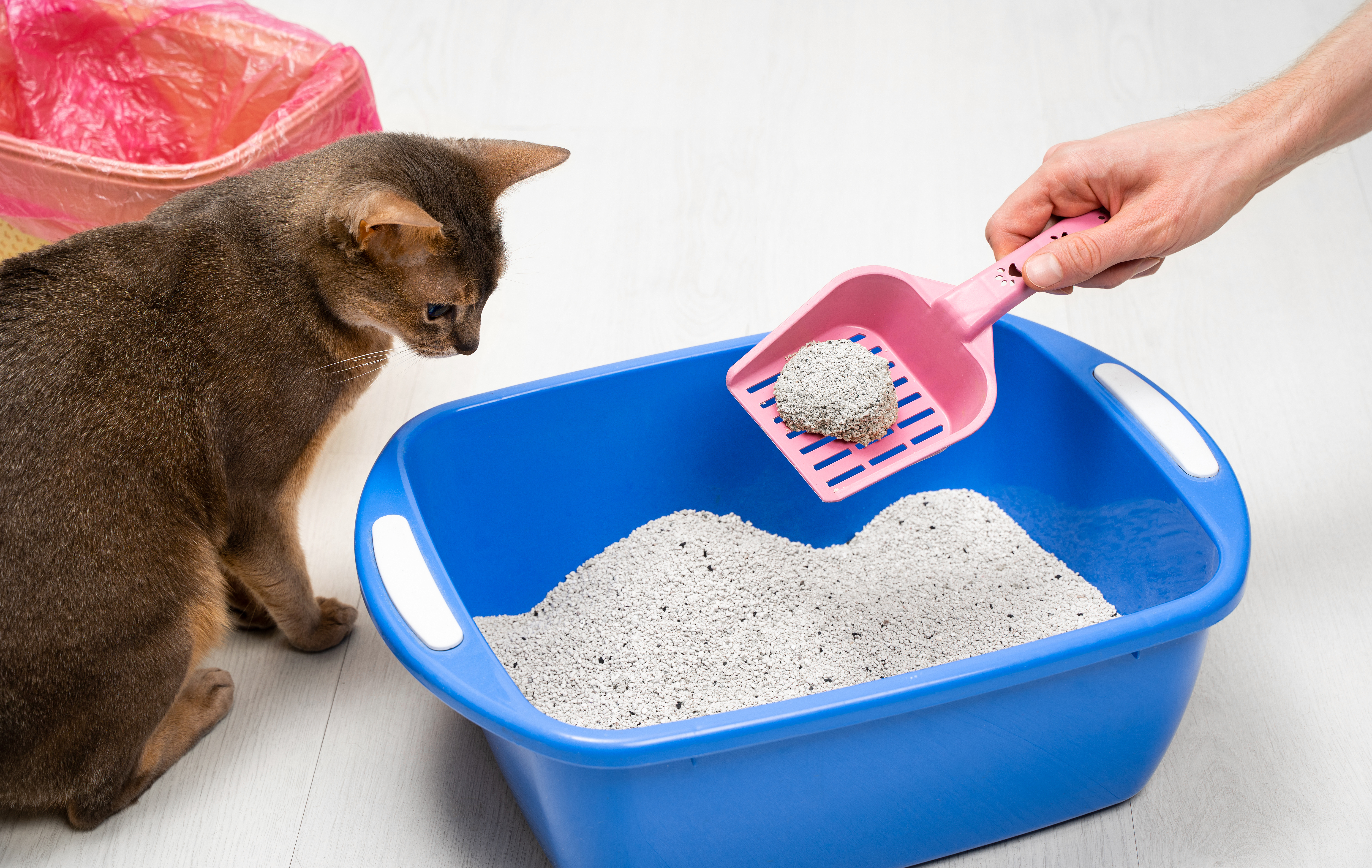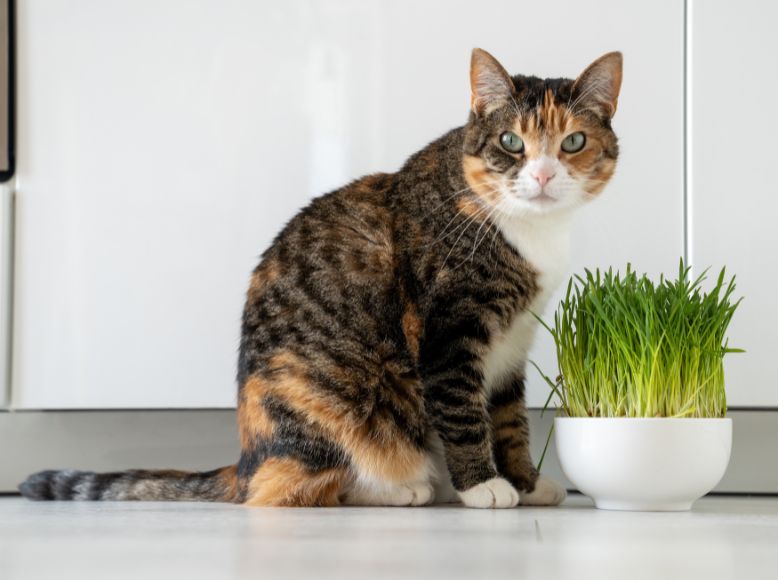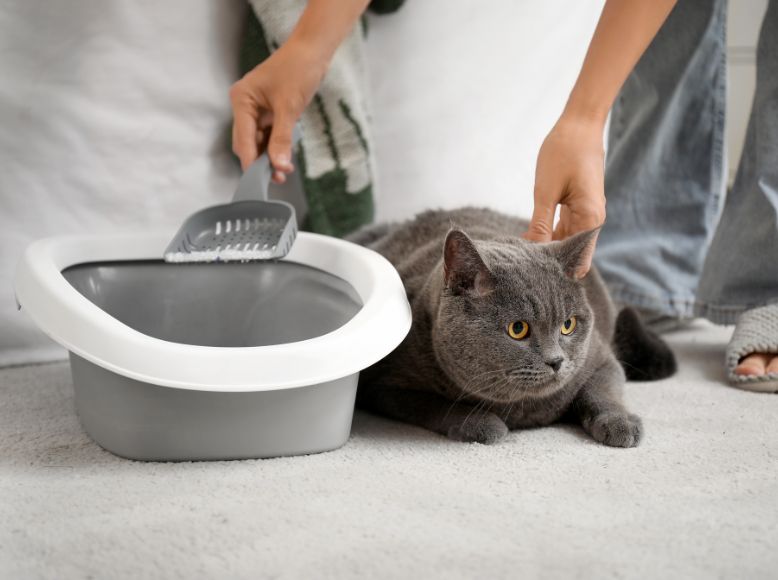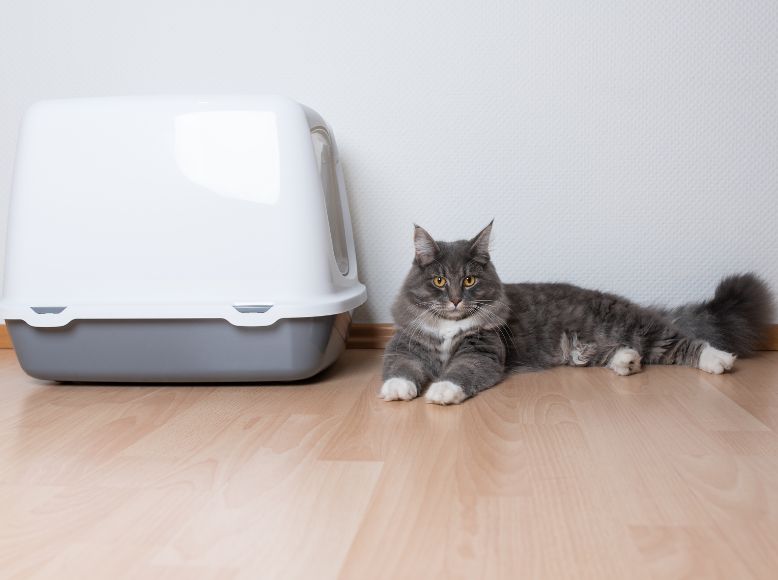Spring brings new energy into the home—and if you’re a cat parent, you may notice that your feline has suddenly turned into a one-cat stampede. Whether it’s midnight sprints across the hallway, dramatic leaps off furniture, or surprise ambushes from behind the curtain, these high-energy bursts—commonly known as “zoomies”—are especially common during seasonal transitions like spring.
But instead of seeing these frenzied moments as chaos, think of them as opportunities. With the right approach, you can redirect your cat’s spring zoomies into healthy, positive play that taps into their natural instincts and reduces stress—for both of you.
Table of Contents
What Causes Spring Zoomies?
Zoomies, or frenetic random activity periods (FRAPs), are a normal part of feline behavior. In spring, a few factors tend to amplify them:
- Increased daylight: More sunlight can alter your cat’s energy levels, triggering greater activity.
- Natural hunting instincts: Spring wakes up prey animals outside, and your indoor cat’s instincts kick in even without outdoor exposure.
- Seasonal shedding and itchiness: A little discomfort from shedding fur can sometimes spark a sudden burst of movement.
- Pent-up energy: If your cat has been less active in winter, they may now have energy to burn.
These zoomies are natural—but they can become disruptive, especially if they happen at night or involve knocking things over. Redirecting this energy into structured play is the best way to turn mayhem into enrichment.
Timing Is Everything: Predict and Preempt
Most cats have predictable patterns, even with their zoomies. You may notice they get wild right after a nap, in the evening, or just before dawn. Use this pattern to your advantage by scheduling play sessions just before their usual zoomie time.
Ten to fifteen minutes of play with a wand toy, laser pointer, or motorized toy can satisfy their need for stimulation and reduce the intensity of zoomies later. If your cat is especially energetic in the morning or late evening, make those your go-to play windows.
Use Toys That Mimic Prey
Cats are natural hunters. Their zoomies often mimic the thrill of chasing prey. So, instead of redirecting them with random toys, use ones that mimic the movement of birds, mice, or bugs.
Try:
- Feather wands that dart and flutter like birds
- String toys that slither across the floor
- Laser pointers that dart unpredictably (just end with a tangible toy or treat)
- Puzzle toys that dispense treats or kibble as your cat bats and chases
These activities engage your cat’s hunting sequence: stalk, chase, pounce, bite. Completing this sequence is satisfying and helps burn excess energy.
Create Zoomie Zones
If your cat tends to crash through your home like a furry tornado, set up safe areas where zoomies are welcome. A hallway with soft runners, a cat tunnel, or an open room with climbing towers gives your cat a place to stretch their legs without knocking over valuables.
Also, consider vertical enrichment. Adding cat trees, wall-mounted shelves, or window hammocks provides climbing opportunities and visual stimulation—especially helpful in spring when outdoor activity picks up.
Incorporate Routine Into Their Day
Cats thrive on routine. If zoomies are disruptive or happening at odd hours (hello, 3 AM madness), a more structured day can help. Feed meals at consistent times, plan two play sessions a day (morning and evening), and establish a calm bedtime routine with quiet play or grooming.
A tired cat is a calmer cat—and predictability reduces anxiety-driven behavior, which can sometimes present as frantic zoomies.
Avoid Accidentally Encouraging Destructive Zoomies
If your cat is tearing through the house and you react by yelling or chasing them, you might accidentally reinforce the behavior. To them, it may seem like you’re joining in the game.
Instead, redirect calmly with a toy, laser pointer, or treat toss to guide their energy toward something productive. Reward calm behavior after play to help them settle faster.
In Conclusion
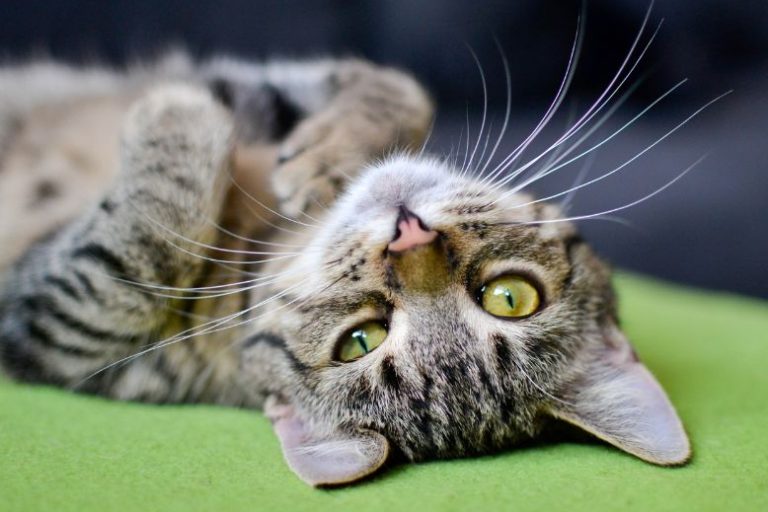
Spring zoomies are a natural expression of your cat’s instincts and renewed energy—but they don’t have to mean chaos. By understanding what drives these wild bursts and offering structured, engaging alternatives, you can turn zoomies into meaningful play that strengthens your bond, supports your cat’s physical health, and keeps your home intact.
With the right routine, the right toys, and a little patience, those spring sprints become a celebration of your cat’s vitality—not a disruption of your peace.




